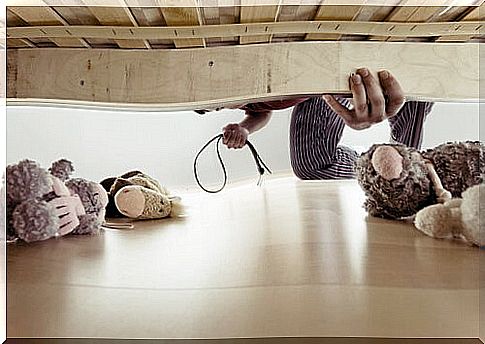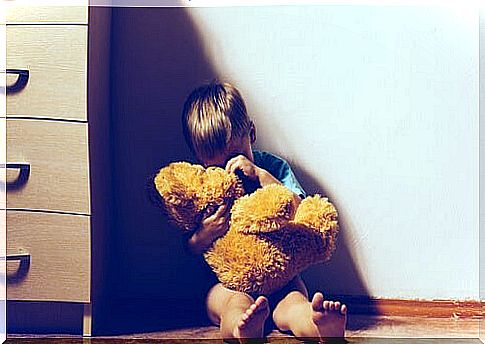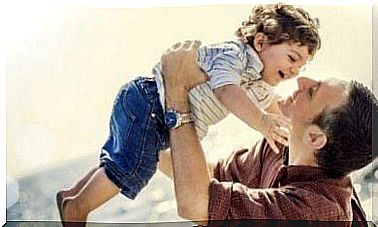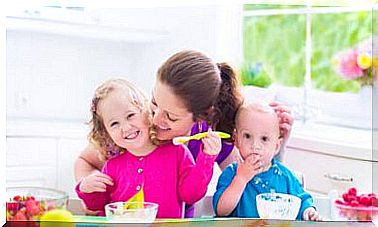How Does Domestic Violence Affect Children?

The World Health Organization published a study that reveals the magnitude of domestic violence against children and other types of abuse.
This study shows that, unfortunately, much of the abuse suffered by children under 15 years of age comes from their relatives, guardians or caregivers.
Most of the consequences are obvious in the short term. However, it is in the long term when the magnitude of the impact of the violence is verified. After all, each of the areas of children’s health (physical, psychological and emotional) is violated.
What is domestic violence?
From an early age, children are taught to value the family circle. However, domestic violence has managed to damage both the conception and the appreciation of it, with which, every day the number of people with emotional wounds and a notable rejection towards their relatives increases.
The causes of domestic violence are very varied. Although, in sum, it constitutes a profile (of the aggressor) that includes: low self-esteem, poor management of emotions and feelings, intolerance and the use of violence as a tool of power.

Evolution of domestic violence
- Stage I (Voltage). In this stage, the aggressor usually seeks to impose tension on the environment to strengthen his position of superiority with respect to his victims (who in this case are children). This stage is characterized by the presence of marked verbal and psychological abuse.
- Stage II (Physical assault). In this phase the abuser loses control of his emotions for some random reason and unloads all his frustrations and negativity on his victim. Episodes of violence may (or may not) include physical aggression and regardless of this, the affected person is left scared and confused.
- Stage III (Repentance). At this stage, the abuser tries to apologize and show regret for the damage caused. However, it doesn’t really rectify their behavior.
It should be noted that these stages can be repeated over and over again in time, thereby deepening a toxic relationship and a vicious cycle of domestic violence.
Consequences of domestic violence in children
The most common sequel of domestic violence in children is the adoption of violent behavior as a defense mechanism.
- Physical consequences such as: insomnia, stomach disorders, headaches, self-injury, lack of sphincter control, etc.
- In the emotional sphere: low self-esteem, feelings of guilt, erratic behavior, depression, anxiety, isolation, irritability.
- On the other hand, academically, children can have poor school performance, poor interactions , and toxic relationships.
How to stop or prevent abuse?
It is a social commitment to help stop and prevent domestic violence. The first measure to stop domestic abuse is to recognize the problem to which one is exposed.
Later, seek help from a public service. Once these first steps have been taken, it is advisable to adopt the measures that we comment on below:
- Help your children develop healthy self-esteem. This self-assessment will make them appreciate and seek help in any form of abuse.
- Set the example. Learn to calm down and that attitude will reflect on them.
- Encourage them to set realistic goals, so that they learn to adjust their perspectives to their possibilities.
- Seek the support of your academic counselor and a psychologist. Overcoming child abuse can be a challenge, be consistent, offer them lots of love and understanding.
- Guide them to observe the positive part of the experiences and the learning that they leave behind.
- Set reasonable limits and help them meet them without resorting to violence and insults.
In sum, we must bear in mind that only a healthy family environment can offer a healthy development for children every day.
The home must be based on the search for healthy solutions that provide benefits for all; but above all, it is important to educate in respect and avoid violence. There are much better and more effective solutions.










